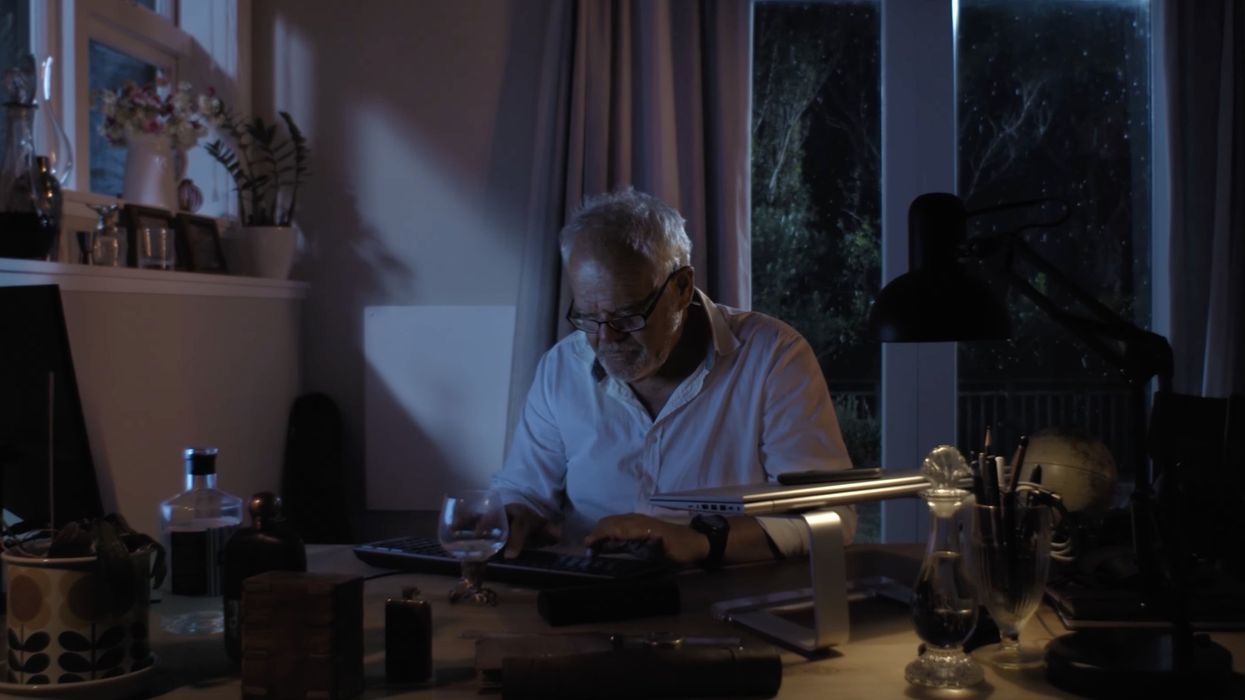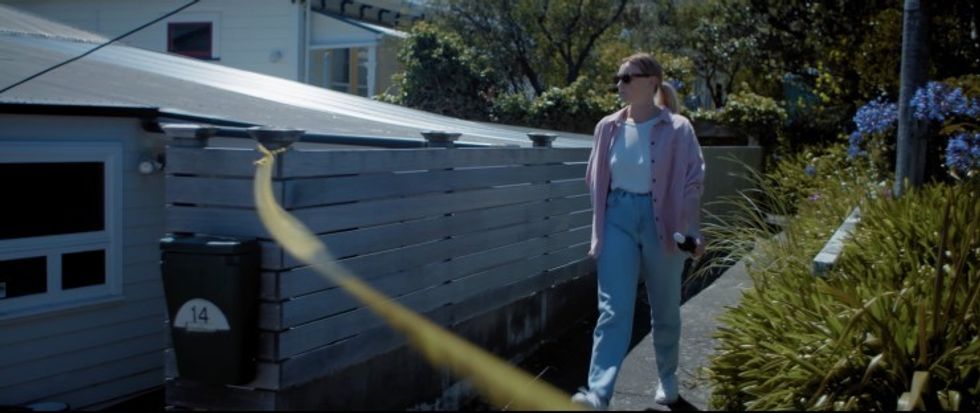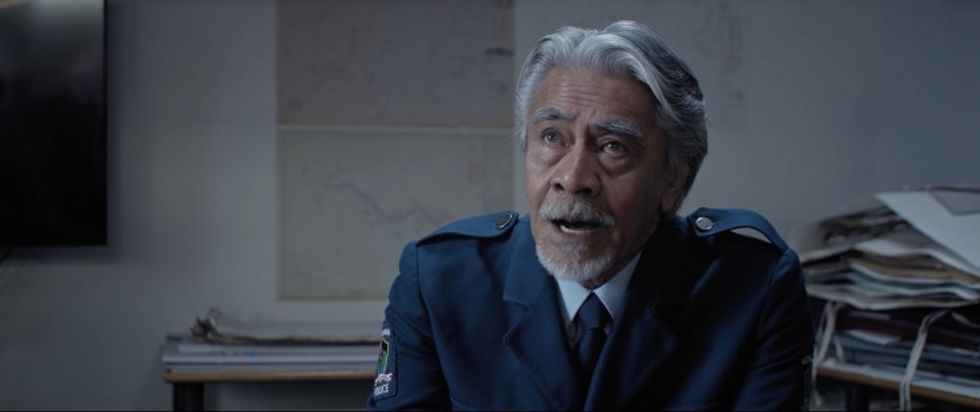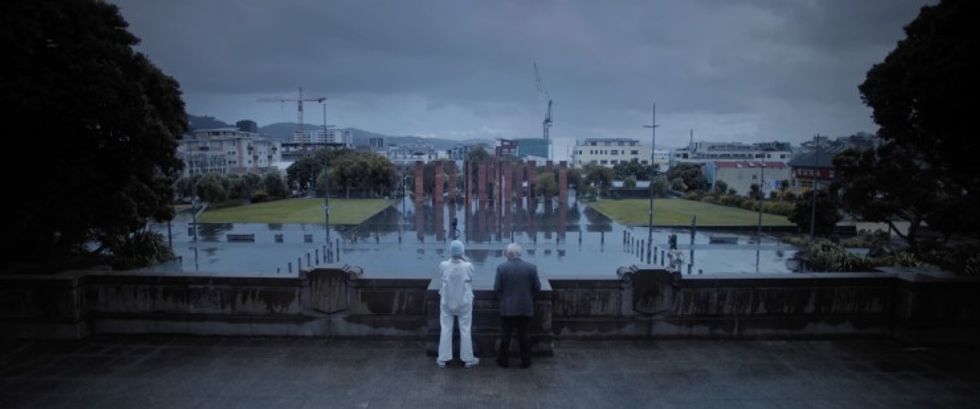What This First Time Director Thinks You Need To Know Before Making Your First Project
If being a filmmaker was easy, then everyone would do it.

This post was written by Floris van Gaalen.
I trust you’re reading this because you’re deciding to embark on your extraordinary directorial debut, and you’re wondering what sorts of things to prepare for as you propel yourself into the largest creative venture of your life thus far.
I’m currently in the final stages of the post-production process for my first feature-length film and wanted to impart some insights to those of you that may have queries about making a movie on a shoestring budget with a barebones crew and a microscopic shooting schedule.
Darkest Light is a thriller set in Wellington, New Zealand, and tells the story of a detective whose wife is inexplicably murdered in his own home. He enlists the help of an old friend with the gift of sighting fractured glimpses of the past to put together the pieces of the crime, but not everything is as it appears. It stars Mark Hadlow (The Hobbit trilogy), Amelia Reid-Meredith (Shortland Street), and Nathaniel Lees (The Matrix trilogy).
$30,000 (NZD) to spend. 18 days to get it done. How did we do it?
There are three main points I’d like to cover that I personally believe are a little less overt. They may appear obvious on the surface but could supply answers to questions you hadn’t thought to ask yet.
Finding a Budget
First off, where did the money come from?
I knew I wanted to be as economical as possible and to reduce the crew to the core essentials. Even then, we’d be cutting it close.
With a budget of 30 grand in mind, I had just over half of that I could cover on my end, but needed to find the rest elsewhere. I wasn’t able to secure any public or private funding. It became apparent to me that locally produced projects of a similar scale were getting successful outcomes from the crowdfunding model. I decided I had as good a chance as they did.
What I learned is that crowdfunding is not free money. It’s a full-time job (and a poorly paying one at that). It’s a system that rewards heavy self-promotion and frankly, good contacts, the latter of which I had none of.
In the end, I opted to conclude the campaign by hosting a livestream where I’d shave my head for donations. Whilst it helped somewhat, it most certainly didn’t turn me into a millionaire. By the end, my parents, who are not quantified as well-off, had to bail me out by providing the final amount to meet our target.
All of this to say, proceed with caution.

The Casting Process
Now with money in hand, which came at a cost of its own, it was time to gather the team.
The most crucial thing I want to mention about casting is that if you want to get a professional working actor or actress as your lead, you can. I managed to acquire three. How can that be? I’m broke, have zero clout, and no connections.
The trick is simple: simply ask.
Local talent agents have a plethora of performers on their roster, invariably with a select few large or at least medium names. Actors are always looking for the next job, and often are more altruistic than you might think. They like interesting projects, and the truth is they enjoy being someone’s priority. Naivety will get you very far here. Send a proposal with your screenplay to your first choice actor, not your second or your third choice, but your first, and mention the character you have in mind for them. You might be astounded at the results you’ll get.

Have Someone in Your Creative Corner
Alright, you’ve gone through the arduous procedure of arranging your personnel, your locations, your catering, your gear, and your shooting schedule. This is an entire article of its own, but I wanted to talk about on-set conflict.
What happens when you’re on the set and you’re on the receiving end of an assortment of disagreements? Your actor doesn’t want to do the lines as written, your production designer is frustrated by your organizational skills, and your boom operator is cursing your choice of location.
My remedy was to have at least one faithful person that I could always rely on to support my point of view.
I didn’t realize I’d need it until I got there, but I never took it for granted when I found it. This isn’t a means of overriding other people’s input with corroboration that suits you. Instead, it’s to have a person by your side that will give you the moral validation that is essential when up against the crushing day-to-day pressure of production.
Mine came in the form of my cinematographer, Andrew Paul Garfield. He remained an ally to the bittersweet end whenever I was confronted with strife. Conflicts on the set are unavoidable and you want to do your best to demonstrate your appreciation for everyone’s time by implementing their positive contributions to your movie as often as possible, but sometimes you need one person in your corner that tells you. Don’t worry, they’re wrong.
Then, by the time you reach the finish line and collapse on the concrete floor after calling cut for the final time, you’re still going to be eternally grateful to every single one of them for following you into battle in the first place.

Summing Up My Experience
Ultimately, it’s going to be up to you to carve your own journey and make your own mistakes just as I did.
As you’ll well know this is only a minor re-telling of the process, and there are countless additional components that haven’t been included here. But I hope this has provided you even with the smallest glimmer of help in the vast world of movie-making.
If you would like to see some of our results for yourself, here is our newly launched teaser trailer for Darkest Light.
This post was written by Floris van Gaalen.











